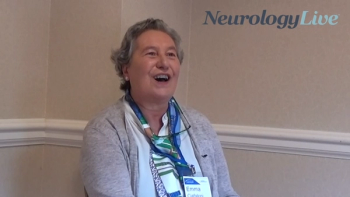
The professor of neurology and pediatrics at University of Rochester Medical Center gives some recommendations for the improvement in clinical trial design for patients with rare diseases such as Duchenne muscular dystrophy. [WATCH TIME: 5 minutes]

The professor of neurology and pediatrics at University of Rochester Medical Center gives some recommendations for the improvement in clinical trial design for patients with rare diseases such as Duchenne muscular dystrophy. [WATCH TIME: 5 minutes]

Test your neurology knowledge with NeurologyLive®'s weekly quiz series, featuring questions on a variety of clinical and historical neurology topics. This week's topic is general neurology, related to the recent 4th Annual International Congress on the Future of Neurology®.
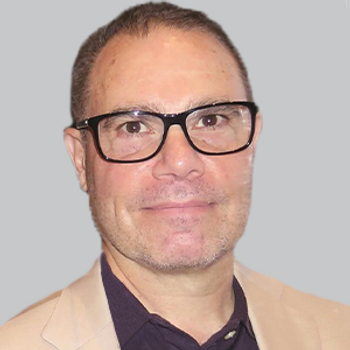
RESCUE-ALS trial, a phase 2 randomized controlled study, showed that ALS disease progression was significantly reduced with CNM-Au8 Treatment.
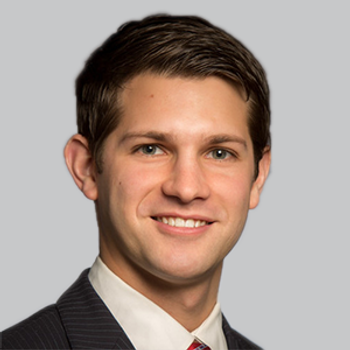
Justin Klee and Josh Cohen, cofounders and cochief operating officers, Amylyx Pharmaceuticals, answered questions related to the new approval of AMX0035 for ALS and how it changes the treatment landscape going forward.
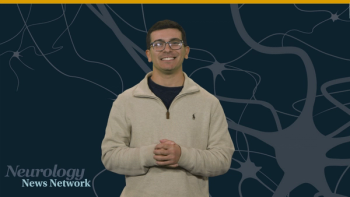
Neurology News Network for the week ending October 1, 2022. [WATCH TIME: 4 minutes]

Sleep changes experienced by patients on apomorphine infusion were indicated by scores on Insomnia Severity Index and Clinical Global Impression-Improvement Scale.
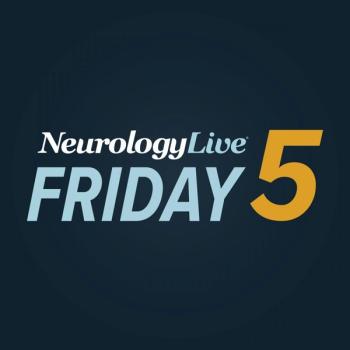
Take 5 minutes to catch up on NeurologyLive®'s highlights from the week ending September 23, 2022.
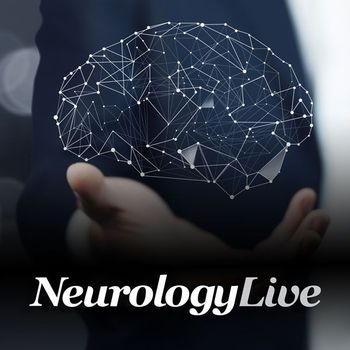
In a randomized clinical trial, the application of electroacupuncture treatment for insomnia in patients with depression significantly improved the quality of sleep in comparison with sham acupuncture or the control group.
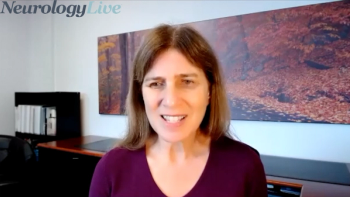
The neurologist and assistant professor at the University of Toronto discussed the real, but tepid significance of amyloid-related imaging abnormalities seen from lecanemab in early-stage Alzheimer disease. [WATCH TIME: 3 minutes]

A questionnaire-based study from Saudi Arabia on sleep quality revealed that sleep-related disorders, such as obstructive sleep apnea, are relatively common in patients with Duchenne muscular dystrophy.

Despite not improving clinical end points, treatment with tofersen was associated with reduced in the total concentration of SOD1 protein and neurofilament light chain, a marker of axonal injury.

In additional data from CENTAUR, Amylyx touted the drug's ability to prolong tracheostomy-free and ventilation-free survival.
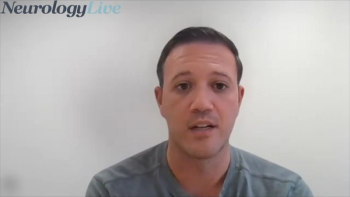
The clinical program manager at the Jefferson Center for Neurorestoration provided insight on a new myoelectric device designed for restoration of independent arm function in those with neurological diseases. [WATCH TIME: 4 minutes]

After previously failing a phase 3 trial of patients with multiple system atrophy, verdiperstat continued to show an effect in patients with ALS that was similar to those on placebo.

Findings from a cross-sectional survey revealed a significant association between depression and a diagnosis of myotonic dystrophy, and that symptoms impacting quality of life are more common in neuromuscular disorders.

Although data from the EMSES study failed to reveal a reduction in relapse rates or global brain atrophy, half of the important motor-related tracts and nuclei observed displayed higher structural integrity in exercise patients.
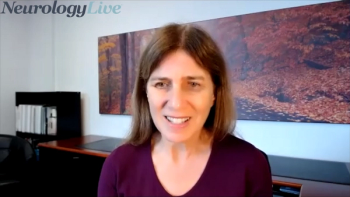
The neurologist and assistant professor at the University of Toronto provided insight on positive topline findings from the phase 3 Clarity AD study of lecanemab in early Alzheimer disease. [WATCH TIME: 4 minutes]

A study on ALS progression suggested that tollgate-related prognostic factors have a stronger effect on the time trajectories of passing ALS tollgates in comparison with standard prognostic factors.

Consistent with the overall population, newly diagnosed, treatment-naïve patients with MS showed better relapse rates, all-cause disability worsening—including progression independent of relapse activity—with ofatumumab over teriflunomide.

The pulmonologist at Penn Medicine provided commentary on the pressing issues clinicians continue to face when treating patients with insomnia. [WATCH TIME: 3 minutes]

The professor of neurology and pediatrics at the University of Rochester Medical Center provided insight on the emerging therapies and advancements for treating patients with Duchenne muscular dystrophy.
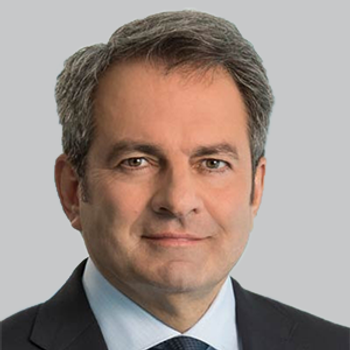
The investigational treatment from Eisai and Biogen significantly reduced the Clinical Dementia Rating-Sum of Boxes scores among patients with early AD, with safety and ARIA-E and ARIA-H incidence as expected.

In a randomized controlled trial, results demonstrated that acupuncture is to be efficacious in improving insomnia, quality of life, and affective symptoms for patients with ischemic stroke.

New Treatments for Duchenne Muscular Dystrophy: Emma Ciafaloni, MD The professor of Neurology and Pediatrics at University of Rochester Medical Center discusses the new and future treatments for Duchenne muscular dystrophy. [WATCH TIME: 4 minutes]

Avindra Nath, MD, clinical director of the National Institute of Neurological Disorders and Stroke, provided insight on new findings that may explain the symptoms of certain cases of sporadic ALS.

Results from pilot program using a VR-based platform suggest medical trainees may benefit from further VR training to gain a complete baseline knowledge of treating lower limb spasticity with onabotulinumtoxinA.
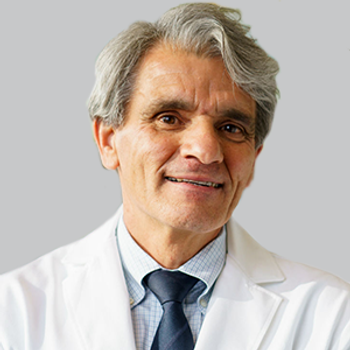
Over a 3.5-year treatment period, the risk of serious infections or malignancies, few of which were previously reported, did not increase with additional ofatumumab exposure.

A nonrandomized pilot study demonstrated high adherence rates and acceptability ratings with tele-yoga breathing in patients with ALS, proving that it is a safe and feasible practice.
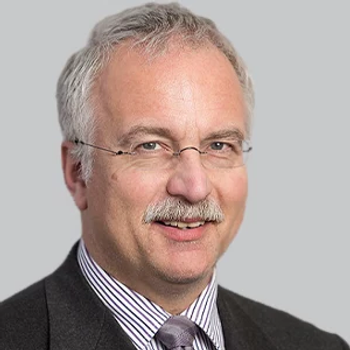
Over a long-term follow-up, a high proportion of patients were compliant to therapy, with adverse events mild-to-moderate in nature, regardless of individuals being on continuous treatment or switched from placebo.
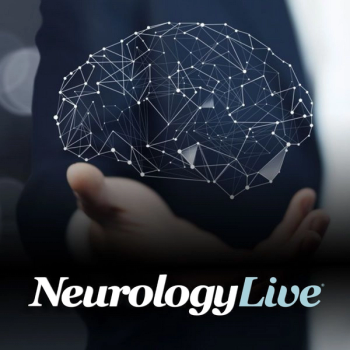
Adults with myasthenia gravis who contracted COVID-19 were at twice the risk of hospitalization, ICU admission, and death based on data from a recent population-based study.